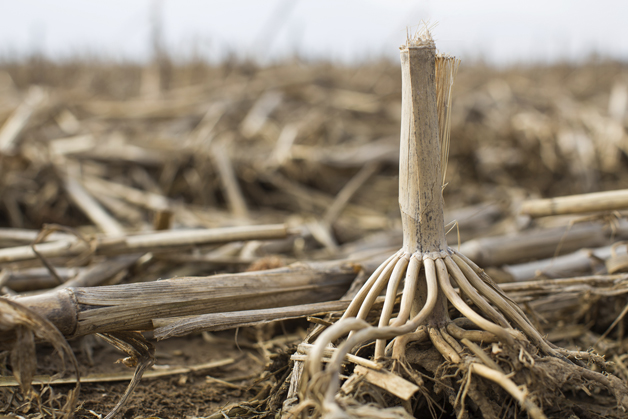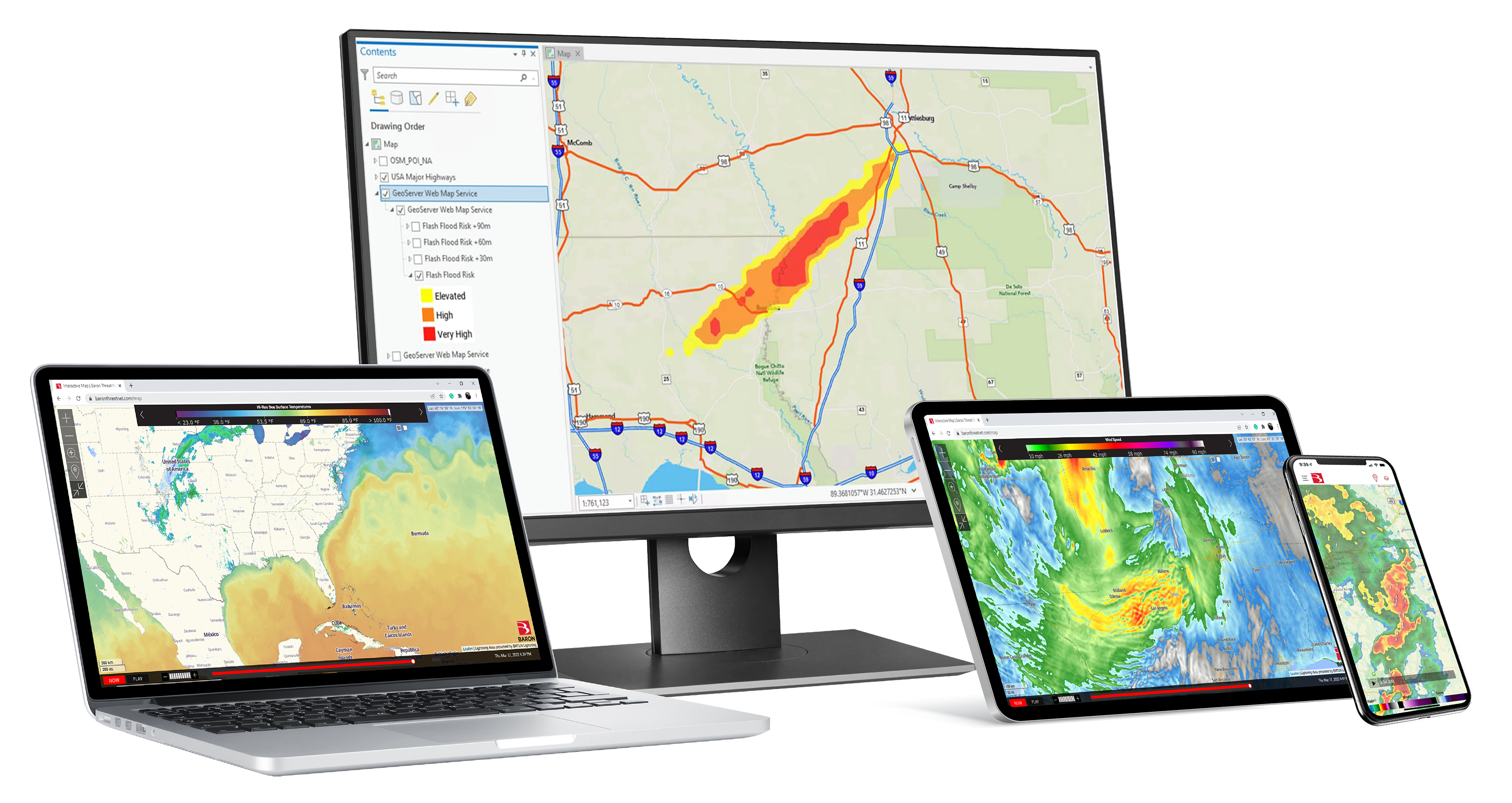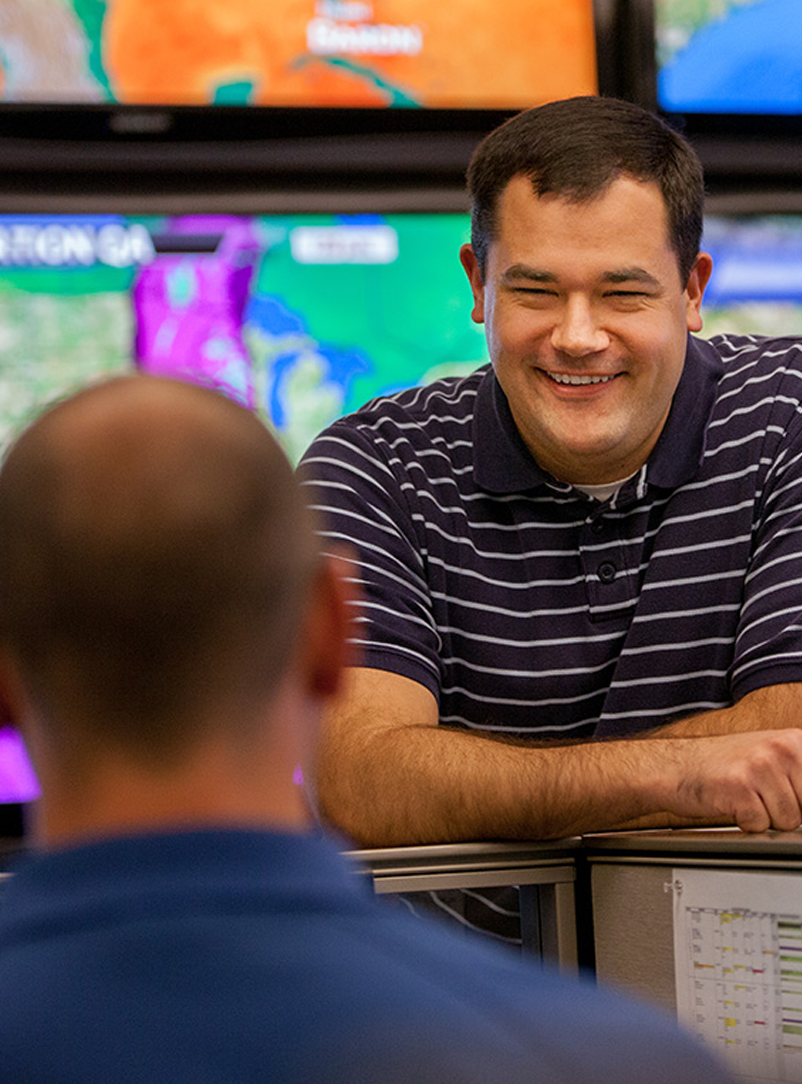Sans surprise, les catastrophes liées au climat ou à l'eau augmentent en durée et en fréquence. Mais il peut être surprenant d'apprendre que, selon un rapport de l'OMM de 2021 sur les statistiques relatives aux catastrophes, des catastrophes liées au temps, au climat ou à l'eau se sont produites quelque part dans le monde chaque jour au cours des 50 dernières années, causant 115 décès et 202 millions de dollars (US) de pertes par jour.
Les catastrophes météorologiques sont loin d'être aussi coûteuses ou mortelles pour les pays qui disposent d'un système d'alerte précoce et des ressources et infrastructures nécessaires. Malheureusement, tous les habitants de la planète ne bénéficient pas de ces mesures préventives.
Les pays qui ne disposent pas de systèmes d'alerte précoce multirisques sont généralement les moins développés et les plus fragiles. Lorsque la nature se déchaîne, ce sont les pays pauvres qui sont les plus touchés par ces tragédies, avec des conséquences dévastatrices pour leurs économies et, plus important encore, des pertes en vies humaines.
Conséquences du changement climatique
Les effets duchangement climatique pourraient entraîner la perte de 4 % de la production économique annuelle mondiale d'ici à 2050. Une nouvelle étude portant sur 135 pays a estimé que ces catastrophes frapperaient de manière disproportionnée de nombreuses régions du monde frappées par la pauvreté.
Heureusement, l'élan en faveur de l'extension des systèmes d'alerte précoce s'intensifie. Le Programme des Nations unies pour le développement (PNUD) a lancé un projet multinational. Le système permet de sauver des vies, de protéger les moyens de subsistance et de renforcer la résilience en cas d'événements météorologiques imprévisibles.
Selon l'Organisation météorologique mondiale*, le programme "Alertes précoces pour tous" vise à protéger tout un chacun des phénomènes météorologiques, hydrologiques ou climatiques dangereux au moyen d'un système d'alerte précoce (SAP) capable de sauver des vies d'ici à la fin de 2027.
Minimiser les pertes

Un système d'alerte précoce est particulièrement important dans les pays en développement ou dans ceux qui ne disposent pas de filets de sécurité, car ces systèmes font office de bouée de sauvetage dans des communautés souvent très peuplées et dépourvues d'infrastructures adéquates.
Ces systèmes permettent aux autorités et aux communautés de recevoir en temps utile des alertes sur les risques météorologiques imminents tels que les ouragans, les inondations ou les sécheresses. Les systèmes d'alerte précoce peuvent donner suffisamment de temps, voire plus, pour évacuer, préparer les équipes d'intervention d'urgence et allouer les ressources à l'avance. Les communautés peuvent également prendre des mesures préventives pour minimiser les dommages et les pertes humaines.
Maximiser la qualité de vie
Les phénomènes météorologiques extrêmes ne se limitent pas à l'événement lui-même. S'il y a un manque de logements adéquats avant l'événement, un épisode destructeur signifie un manque encore plus prononcé d'abris acceptables. Il en va de même pour l'accès limité aux soins de santé et l'absence de filets de sécurité sociale, qui entraînent d'autres défaillances systémiques.
De nombreux citoyens vivant dans des régions pauvres dépendent de l'agriculture et de l'exploitation des ressources naturelles locales pour leur subsistance, comme la pêche. Un système d'alerte précoce peut fournir aux agriculteurs et aux pêcheurs des informations essentielles sur les conditions météorologiques, ce qui leur permet de prendre des décisions plus éclairées en matière de plantation, de récolte et de pêche. Si des conditions météorologiques difficiles se profilent, ces communautés agricoles peuvent prendre les mesures nécessaires pour protéger le bétail ou tout équipement utilisé pour leur subsistance.
L'agriculture est également une source importante de subsistance dans de nombreux pays pauvres. Les événements liés au climat, tels que les sécheresses, les inondations et les températures extrêmes, peuvent avoir de graves répercussions sur le rendement des cultures, entraînant des pénuries alimentaires et une augmentation des niveaux de pauvreté. En protégeant l'agriculture, ces systèmes contribuent à la sécurité alimentaire globale et à la stabilité économique.
Garantir la santé et la sécurité publiques
Un phénomène météorologique extrême ne détruit pas seulement les habitations, les moyens de subsistance et le paysage, mais provoque également des blessures et des problèmes de santé mentale et peut propager des maladies. Les catastrophes météorologiques augmentent souvent les risques d'épidémies et d'urgences sanitaires. Les mauvaises conditions sanitaires, la surpopulation et l'accès limité aux soins de santé ne font qu'exacerber les risques dans les pays en développement.
Un système d'alerte précoce peut identifier les risques potentiels tels que les maladies hydriques ou les vagues de chaleur, puis prendre rapidement des mesures préventives. Les systèmes d'alerte précoce peuvent permettre aux autorités de prendre des mesures préventives en fournissant une assistance médicale et en réduisant l'impact sur la santé publique.
Établir la résilience et renforcer l'état de préparation
Le renforcement de la résilience dans les pays en difficulté nécessite une coopération et un soutien internationaux. Un système d'alerte précoce fonctionnel démontre l'engagement d'un pays à réduire les risques de catastrophes et à s'y préparer, ce qui peut attirer le soutien international, le financement et l'aide des organisations et des gouvernements qui souhaitent aider les pays en détresse à renforcer leur résilience et à se remettre plus efficacement des catastrophes liées aux conditions météorologiques.
Qu'ils soient aisés, défavorisés ou entre les deux, les systèmes d'alerte précoce aident les pays à développer leur résilience et à renforcer leur capacité à résister aux futurs chocs météorologiques grâce au partage des connaissances, à l'assistance technique et aux ressources financières. En fin de compte, cette approche proactive atténue les impacts socio-économiques à long terme des phénomènes météorologiques extrêmes et favorise le développement durable.
En facilitant la planification de la préparation et de la réponse aux niveaux national, régional et local, les gouvernements et les communautés peuvent ainsi élaborer des plans d'urgence, des stratégies d'évacuation et des mécanismes de réponse aux situations d'urgence. La mise en œuvre de ces plans permet aux pays de minimiser l'impact désastreux, de gérer les situations d'urgence et de se rétablir rapidement.
Communiquer sur les impacts du changement climatique

Les systèmes d'alerte précoce permettent d'identifier et d'évaluer les risques tels que les catastrophes naturelles (inondations, sécheresses, tremblements de terre), les effets du changement climatique et les épidémies. En recueillant des données météorologiques, hydrologiques, sismiques et sociales et en surveillant les risques potentiels, ces systèmes peuvent fournir des avertissements et des alertes précoces aux communautés et aux décideurs. Ces systèmes garantissent également que les menaces et les alertes parviennent immédiatement aux communautés concernées. Les canaux de communication comprennent la radio, la télévision, les téléphones mobiles et les réseaux communautaires.
Solutions pour les systèmes d'alerte précoce
Baron Weather offre aux pays des composants avancés des solutions de système d'alerte précoce. Baron fournit :
Technologie de modélisation pour des conditions difficiles
Les modèles avancés à haute résolution de Baron génèrent des prévisions précises adaptées à la dynamique météorologique unique de votre zone opérationnelle. Nous proposons plusieurs options de gestion des modèles atmosphériques ou hydrologiques locaux qui vous permettent de surveiller les situations météorologiques ou de préparer des alertes et des notifications pour atténuer les risques. Notre connaissance des accumulations de pluie, des températures, des régimes de vent, des tempêtes, etc. vous permet d'anticiper les événements météorologiques et de prendre des décisions éclairées qui protègent les personnes, les biens et les actifs.
Radar Doppler scientifiquement supérieur
Des prévisions exceptionnelles sont nécessaires lorsque vous ou votre équipe avez besoin d'une compréhension complète et en temps réel des conditions météorologiques locales. La technologie du radar Doppler est une solution inestimable. L'utilisation du radar météorologique précis et à haute résolution de Baron vous permet d'optimiser l'affectation des ressources, de mettre en œuvre des mesures de sécurité et de prendre les mesures appropriées en fonction des informations fournies.
Visualisation et communication météorologiques
Les outils de visualisation météorologique de Baron fournissent des cartes intuitives et en temps réel des données météorologiques, permettant aux décideurs de surveiller et de suivre facilement les conditions météorologiques. Le changement climatique et ses conséquences sont une réalité pour tous les habitants de la planète. Ensemble, en tant que collectivité, nous pouvons faire face à n'importe quelle tempête en adoptant le pouvoir de la technologie, de la collaboration et de la communauté.
Par où commencer ?

Baron propose des solutions de pointe qui exploitent la puissance des modèles à haute résolution, de la visualisation et de l'alerte, ce qui permet de fournir des informations météorologiques inégalées et adaptées à vos besoins. Baron fournit des solutions durables avec une plus grande précision et des prévisions à long terme qui améliorent la sécurité et la préparation de votre pays. Nous proposons une approche commerciale consultative pour vous guider tout au long du processus. Travailler avec nous est simple : Vous discutez avec un expert des problèmes que la météo pose à vos activités et de la manière dont les données peuvent contribuer à les atténuer. Ensuite, nous veillerons à ce que vous obteniez la solution météorologique qui répond à vos exigences et résout vos problèmes météorologiques - dans le cadre d'un budget convenu.
